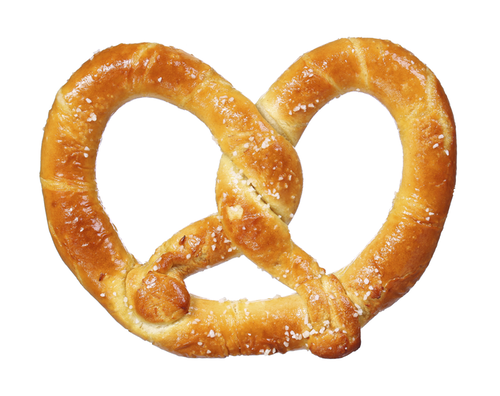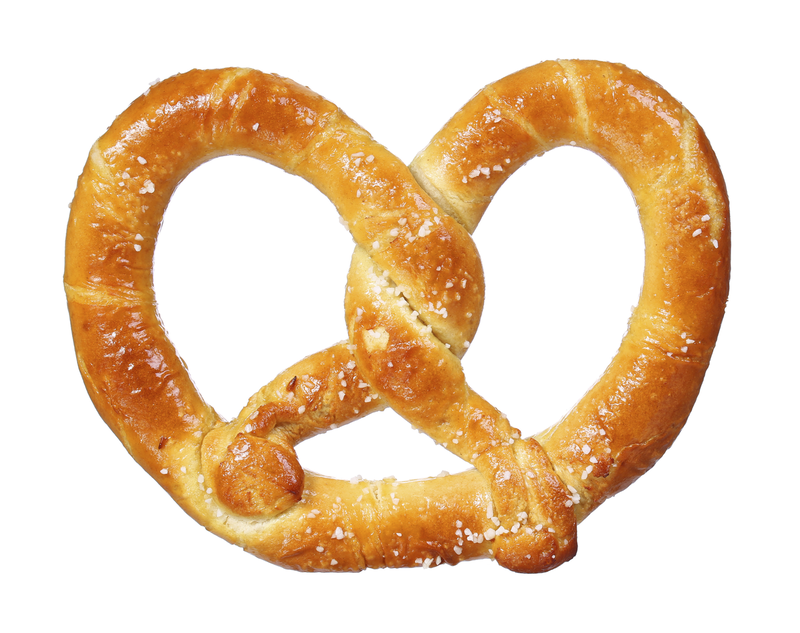Nobel Prize—Topological Phases of Matter
Two-dimensional systems such as thin fluid films or single-layer materials can exhibit surprising effects, such as frictionless liquid flows or unconventional electrical behavior, and one-dimensional systems can be equally strange. To explain these phenomena, researchers have turned to vortices, curved surfaces, and other “topological” objects whose properties are stable and independent of the specific material involved. Three pioneers in the development of such models—David Thouless, Duncan Haldane, and Michael Kosterlitz—have been awarded this year’s Nobel Prize in Physics. The topological framework is now used widely in predicting and characterizing new forms of matter, some of which offer stable states that could store information for a quantum computer.
The role of topology in condensed matter physics was established in the early 1970s, when theorists were debating phase transitions in two-dimensional (2D) systems. Early work showed that conventional transitions (like those between water and ice) couldn't happen in two dimensions, but it was clear that some sort of abrupt change was occurring in, for example, liquid films that exhibited superfluidity below a critical temperature.
To settle the debate, Kosterlitz (now at Brown University in Rhode Island) and Thouless (now at the University of Washington, Seattle) imagined a new form of phase transition based on vortices and other so-called topological defects [1]. A vortex is a point in a magnetic film, for example, around which the magnetic spins of the atoms orient in a circular, tornado-like pattern. This object can be quite robust. "Once a vortex forms, it can be hard to get rid of it,” explains condensed matter theorist Steve Simon from Oxford University, UK. A related object, called an antivortex, has a more complicated pattern, with spins pointing inward along two directions—say, east and west—and outward along north and south. When a vortex and an antivortex merge, they annihilate, leaving all spins aligned along a single direction.
At high temperature, vortices and antivortices are plentiful, and the spins are disordered. However, Kosterlitz and Thouless showed that at low temperatures, vortices pair up with antivortices, largely canceling out their effect. As a result, the spins throughout the 2D material are able to align with each other to a certain degree. This alignment is a form of “topological order” that also applies more generally to 2D systems of atoms (or electrons) that align an aspect of their quantum states—their quantum mechanical phases. As such, the Kosterlitz-Thouless (KT) transition explains the emergence of both superfluidity and superconductivity in two dimensions.
A decade later, Thouless and colleagues again turned to topological arguments in explaining the quantum Hall effect (QHE). Discovered in 1980, the QHE is, like the classical Hall effect, an induced voltage in a current-carrying conductor exposed to a magnetic field. In the quantum case, however, the conductor is confined to two dimensions. When current flows longitudinally (north-south, say) through the conductor, a transverse (east-west) voltage is measured. Surprisingly, as the magnetic field increases gradually, the ratio of current to voltage (called the Hall conductance) increases by discrete jumps; the values are integer multiples of a fundamental conductance unit. This quantization does not depend on the type of material, or whether it contains any defects or impurities. “You would expect that throwing ‘dirt’ into the system would make the effect go away, but it doesn’t,” says Marcel den Nijs from the University of Washington, one of Thouless’s co-authors.
To explain this robustness, Thouless’s group considered all of the wave functions that can describe electrons in a 2D material and represented this set of possibilities with a curved surface. The shape of this surface can be classified by a number, called a topological invariant, which has some stability, like the vortices in the KT transition. A common example of a topological invariant is the number of holes in an object, like a donut or a pretzel. You can distort a pretzel quite a bit, but the hole count doesn’t change. With some effort, of course, you can puncture or cut the pretzel to make more or fewer holes, but the hole count always jumps by an integer amount (there are no half holes). Thouless and his colleagues showed that their derived topological invariant was related to the integers that define the Hall conductance steps. This result accounted for the quantization and also explained why the QHE is so robust: small changes to the material can affect the set of electron wave functions, but the topological invariant that describes the set is much harder to change.
The idea that topology could be used to characterize the phase of matter was also used by Haldane (currently at Princeton University in New Jersey) in his work on spin chains—one-dimensional systems of coupled atoms found in magnetic materials. “These works started a trend that is completely dominant now, in which you can classify matter with a topological invariant and not care about the fine details,” Simon says. The most prominent example of this trend is the field of topological insulators—materials that only conduct electricity on their surfaces. These surface currents are said to be “protected” by topology from imperfections along the surface that would normally cause electrons to scatter. This robustness could make these materials useful as highly efficient nanowires or as the basis for storing stable bits in a quantum computer, says den Nijs.
Correction (24 October 2016): The explanation of vortices and antivortices has been corrected.
–Michael Schirber
Michael Schirber is a Corresponding Editor for Physics Magazine based in Lyon, France.
References
- J. M. Kosterlitz and D. J. Thouless, “Long Range Order and Metastability in Two Dimensional Solids and Superfluids. (Application of Dislocation Theory),” J. Phys. C 5, L124 (1972); “Ordering, Metastability and Phase Transitions in Two-Dimensional Systems,” 6, 1181 (1973).
More Information
2016 Nobel Prize in Physics (from the Nobel Foundation)
Mathematical physicist John Baez (Univ. of California, Riverside) explains the KT transition in simple language with pictures and animation.





